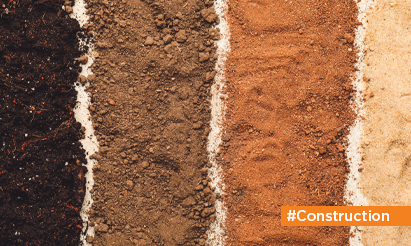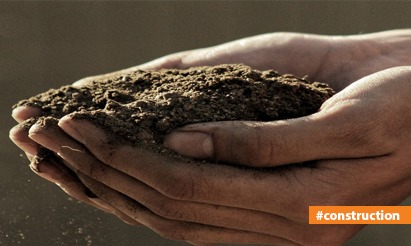Beyond the Surface: What Homebuyers Should Know About Construction Joints!
For prospective homebuyers, understanding the various aspects of construction is essential to make informed decisions and ensure the longevity and quality of their future homes. Among these aspects, construction joints play a crucial role in maintaining the structural integrity of a building. In this guide, we will explore construction joints in detail, providing homebuyers with the knowledge they need to assess the quality of a property and ensure a sound investment.
Understanding Construction Joints
Construction joints are intentional gaps or separations in a building’s structure that allow for various construction phases to be connected securely. These joints are strategically placed to accommodate factors such as changes in building materials, temperature-related expansion and contraction, and the ease of construction. Essentially, construction joints help to control cracking, improve durability, and ensure the overall stability of a structure.
Types of Construction Joints
- Planned Construction Joints: These joints are strategically designed and positioned by architects and engineers to minimize the impact of structural changes. They are typically located at points of stress or potential movement.
- Expansion Joints: These joints accommodate the natural expansion and contraction of building materials due to temperature changes. They prevent cracks and damage that could result from such movements.
- Contraction Joints: Also known as control joints, these are designed to control cracking caused by shrinkage during the curing process of materials like concrete.
- Construction Joint Sealants: To enhance the waterproofing and overall integrity of a joint, sealants are often used to fill gaps and prevent moisture infiltration.
Assessing Construction Joints as a Homebuyer
- Visual Inspection: During property visits, closely examine the construction joints. Look for evenness, alignment, and proper sealing. Irregular or misaligned joints can indicate poor workmanship.
- Sealing Quality: Adequate sealing with appropriate materials is crucial. Check for signs of deterioration or gaps in the sealants, as these could lead to moisture intrusion and potential damage over time.
- Symmetry: Pay attention to the placement and symmetry of joints. Inconsistent spacing or misaligned joints may indicate rushed construction or lack of attention to detail.
- Cracks: If there are cracks forming along or near construction joints, it could be a sign of inadequate joint design or poor quality control during construction.
- Professional Inspection: Consider hiring a professional home inspector or structural engineer who can thoroughly assess the construction joints and provide a comprehensive evaluation of the property’s structural integrity.
Conclusion
As a homebuyer, having a solid understanding of construction joints empowers you to make more informed decisions when evaluating potential properties. These joints are not just technical components; they are essential for maintaining the stability and longevity of a building. By familiarizing yourself with different types of construction joints, assessing their quality, and considering professional inspections, you can ensure that the home you’re investing in is built to last and provides a safe and secure living environment for years to come.
Disclaimer: The views expressed above are for informational purposes only based on industry reports and related news stories. PropertyPistol does not guarantee the accuracy, completeness, or reliability of the information and shall not be held responsible for any action taken based on the published information.




